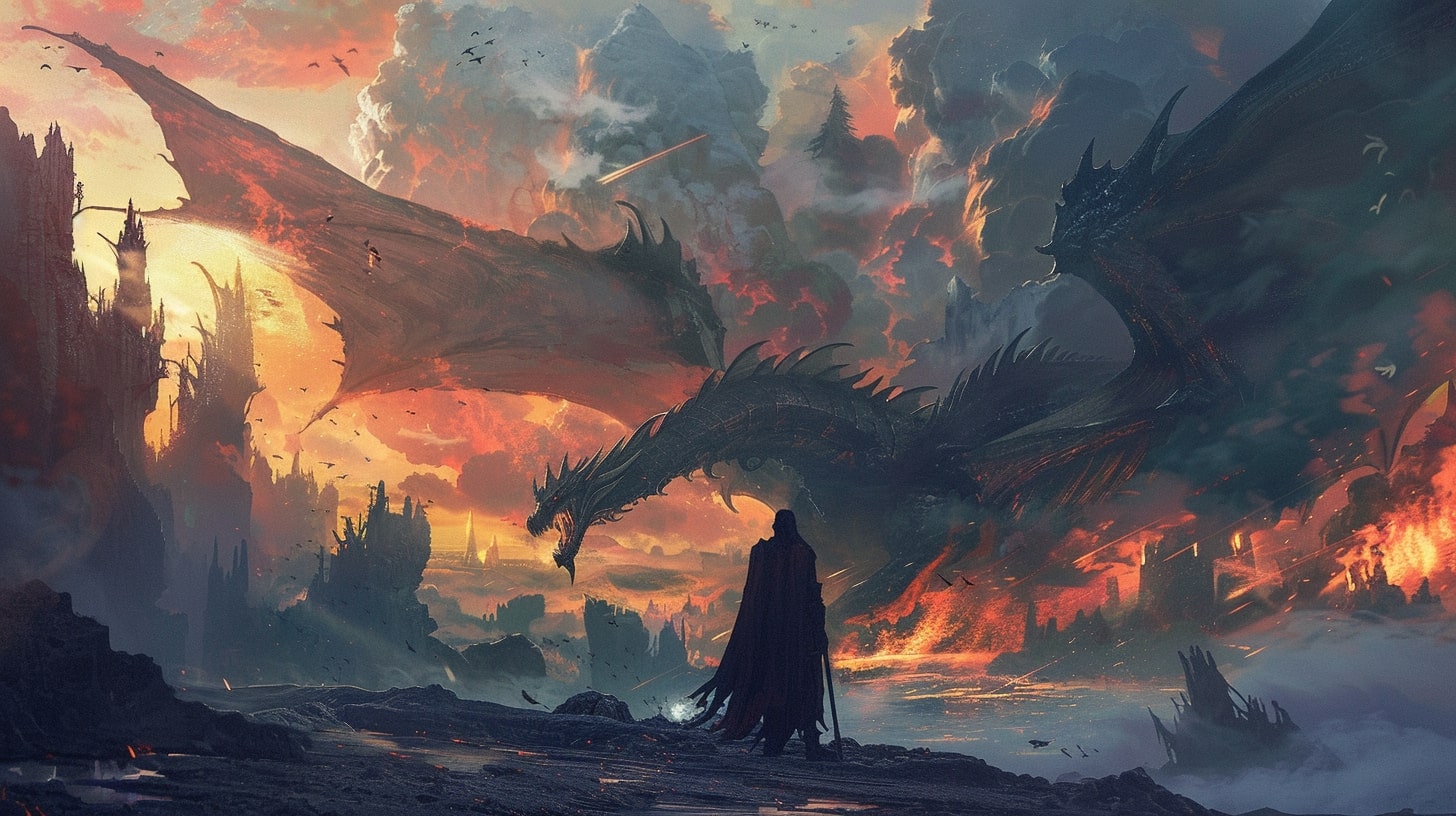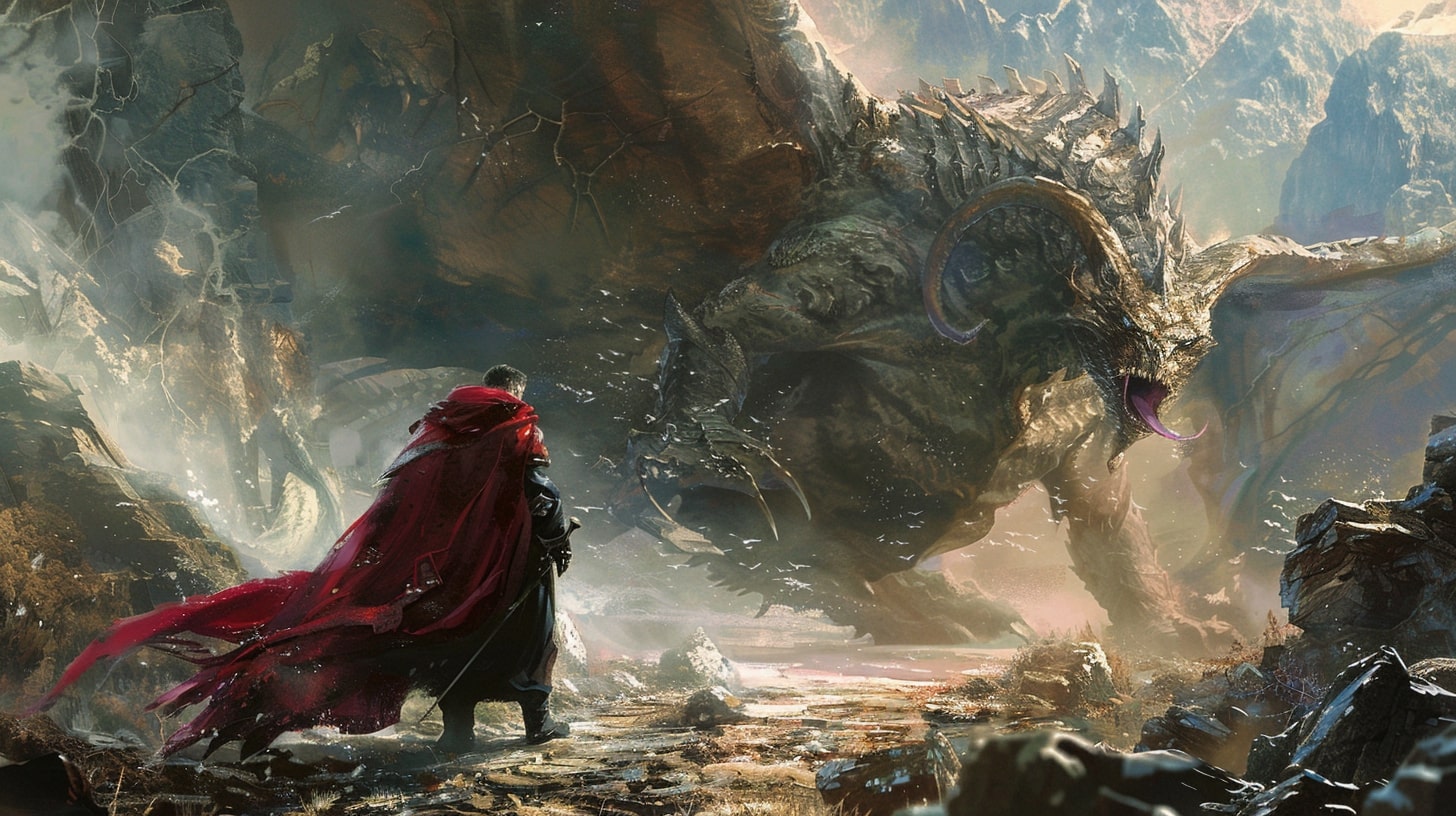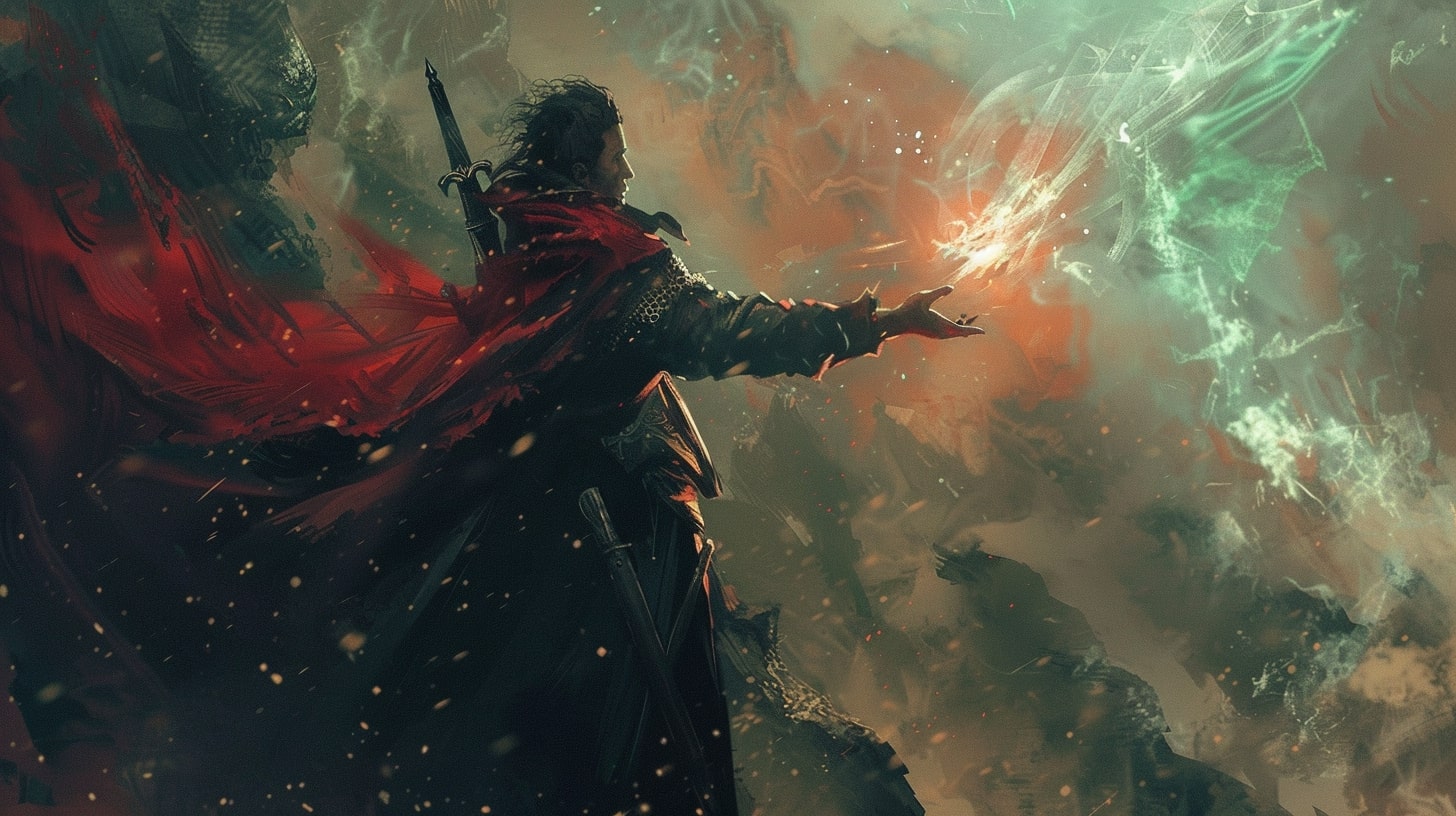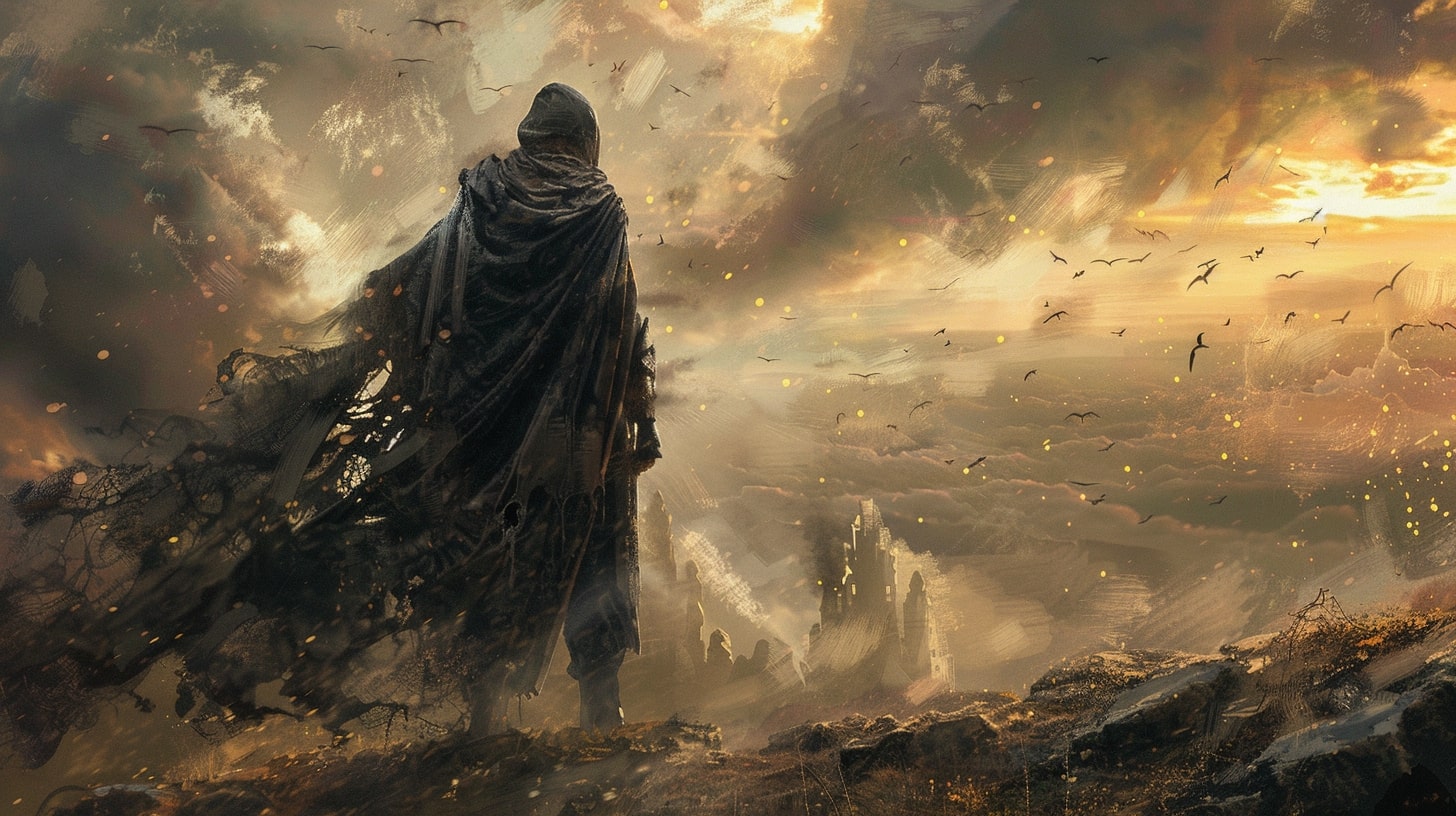Characters and Plots: A Balancing Act
Ah, the age-old debate of character development vs plot. As a writer, you’ve probably heard it all. Some say that a captivating plot is all you need to keep readers hooked, while others argue that well-developed characters are the true heart of a story. But why limit yourself to just one?
The Age-Old Debate: Character Development vs. Plot
Picture this: you’re at a fancy dinner party, and the conversation turns to the eternal question of character development versus plot. It’s a battle for the ages, with proponents on each side passionately defending their stance.
On one hand, you have the plot enthusiasts who believe that a gripping narrative with unexpected twists and turns is what keeps readers turning the pages.
On the other hand, you have the character advocates who argue that relatable, fully fleshed-out characters are the key to an emotionally resonant story.
Why Not Both?
But here’s the thing: why choose one over the other when you can have both? Instead of pitting character development against plot, consider embracing the power of synergy. When characters and plot work together in harmony, magic happens.
Think about it. A compelling plot can serve as the backdrop for your characters to shine. It can present challenges that push them to their limits, forcing them to grow and evolve. On the flip side, well-developed characters can bring depth and authenticity to your plot. Their motivations, flaws, and personal journeys can drive the story forward, making it more engaging and emotionally satisfying.
By striking a balance between character development and plot, you can create a story that resonates with readers on multiple levels. Your characters become more than just pawns in the grand scheme of your narrative – they become powerhouses, shaping and driving the plot in meaningful ways.
So, dear writer, don’t limit yourself to an either/or mentality. Embrace the power of character development and plot, and let them dance together in perfect harmony. Your readers will thank you for it.
In the following sections, we’ll dive deeper into the world of character development and plot, exploring how to build multidimensional characters, craft engaging plots, and integrate the two seamlessly. Let’s embark on this balancing act together!
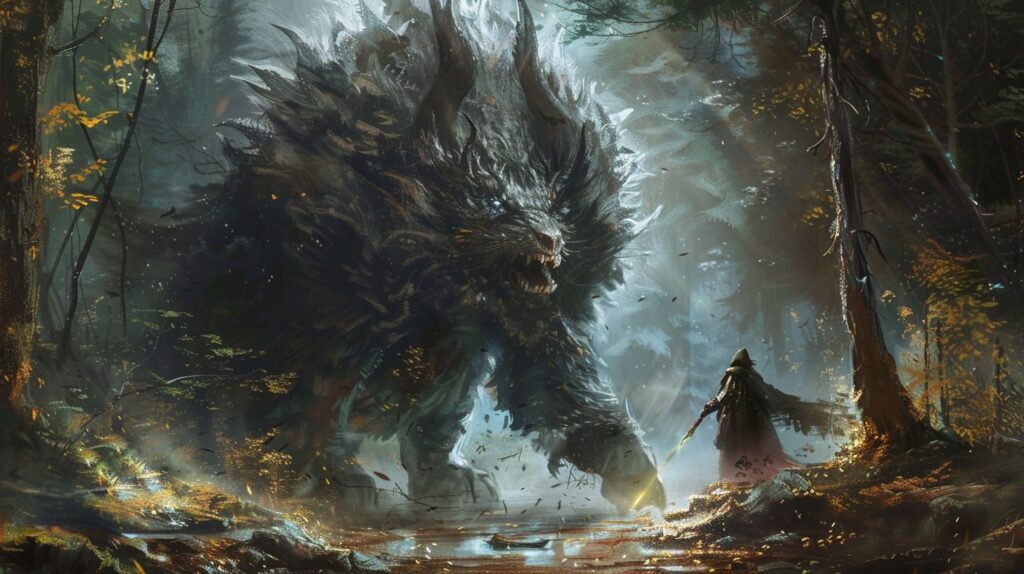
The Power of Characters
Ah, characters! The heart and soul of any story. They have the power to captivate readers, make them laugh, cry, and keep them up all night turning those pages. Building multidimensional characters and giving them believable character arcs is key to creating a story that truly comes alive. So, let’s dive into the magic of character development!
Building Multidimensional Characters
When it comes to creating memorable characters, one-dimensional just won’t cut it. You want characters that feel like real people, with quirks, flaws, and strengths that make them unique. Think of your characters as a delicious recipe – they need just the right blend of ingredients to be truly satisfying.
To build multidimensional characters, start by exploring their personality traits. Are they courageous, witty, or perhaps a bit mischievous? Consider their backstory, their upbringing, and the experiences that have shaped them. This will add depth and complexity to their character, making them more relatable and intriguing.
But don’t stop there! Give your characters strengths and weaknesses. Maybe they’re an exceptional problem solver but struggle with trust issues. These contradictions make them more realistic and provide opportunities for growth and development throughout the story. For more ideas on character development, check out our article on character personality traits.
Creating Believable Character Arcs
Ah, the character arc, a journey of growth, change, and transformation. It’s what keeps readers hooked and invested in your characters. Think of it as a rollercoaster ride, with twists, turns, and unexpected loops of self-discovery.
To create believable character arcs, consider your character’s motivation. What drives them? What do they want to achieve? As the story progresses, allow your characters to face obstacles, make choices, and experience the consequences of their actions. This will push them to grow and evolve, leading to a satisfying character arc.
Remember, character development doesn’t happen in a vacuum. Characters are shaped by their relationships with others, as well as the conflicts they encounter along the way. These interactions provide opportunities for growth, reflection, and change. For tips on developing compelling character relationships, check out our article on character relationships and dynamics.
By building multidimensional characters and crafting believable character arcs, you’ll create a story that resonates with readers. So, grab your pen and let your characters take center stage. They have the power to transform your story from mere words on a page to an unforgettable journey.

The Magic of Plot
Crafting engaging plots is a thrilling challenge for writers like you. It’s the backbone of your story, the driving force that keeps readers hooked. Without an intriguing plot, your characters might just be wandering aimlessly through the pages. So, let’s dive into the magic of plot and explore how to create plots that captivate your audience.
Crafting Engaging Plots
When it comes to crafting plots, the possibilities are endless. You can take your characters on epic quests, heart-wrenching adventures, or even mundane yet relatable journeys. The key is to create a plot that ignites curiosity and leaves readers eager to turn the next page.
One way to achieve this is by incorporating plot twists and turns. Surprise your readers with unexpected events, shocking revelations, or sudden changes in direction. These plot twists keep the story fresh and unpredictable, leaving readers on the edge of their seats.
Remember, a well-crafted plot is like a rollercoaster ride. It takes your characters (and readers) on a thrilling journey filled with highs, lows, and unexpected loops. Balance moments of tension and suspense with moments of relief or triumph to create a dynamic and engaging plot.
Plot Twists and Turns
Plot twists and turns are the spice that adds flavor to your story. They keep readers guessing and prevent the plot from becoming too predictable. Think of them as unexpected detours that lead to new and exciting destinations.
Plot twists can come in various forms. It could be a sudden betrayal by a trusted ally, a shocking revelation about your protagonist’s past, or an unforeseen obstacle that threatens to derail your characters’ plans. These unexpected moments inject excitement and keep readers invested in the story.
Similarly, plot turns are shifts in direction that take your characters on a different path than anticipated. It could be a change in your protagonist’s goals or motivations, an unexpected alliance, or a major setback that forces your characters to reassess their approach. These plot turns add depth and complexity to your story, keeping readers engaged and eager to see how things unfold.
By crafting engaging plots and incorporating well-executed plot twists and turns, you can create a story that keeps readers hooked from start to finish. Remember to strike a balance between character development and plot advancement, as both elements are essential for a compelling narrative.

Striking the Perfect Balance
When it comes to storytelling, finding the perfect balance between character development and plot is a delicate art. Integrating these two elements seamlessly can result in a captivating narrative that keeps readers hooked. Let’s explore how you can strike the right balance between character development and plot in your writing.
Integrating Character Development with Plot
Character development and plot should go hand in hand, each influencing and complementing the other. As you craft your story, consider how the events and challenges your characters face contribute to their growth and transformation. Allow your characters to evolve and change throughout the narrative, driven by the circumstances they encounter.
One way to integrate character development with plot is to create situations that force your characters to confront their flaws, strengths, and beliefs. These challenges should push them out of their comfort zones and encourage personal growth. By doing so, you not only advance the plot but also deepen the emotional connection readers have with your characters.
Remember to pay attention to your characters’ motivations and goals. These driving forces should be intricately woven into the plot, guiding their decisions and actions. When character development and plot align, you create a powerful narrative that engages readers on both an emotional and intellectual level.
How Characters Drive the Plot
In many cases, it’s the characters themselves who drive the plot forward. The choices they make and the actions they take should have significant consequences that propel the story. As you develop your characters, consider how their unique traits, backgrounds, and desires influence the direction of the plot.
Think about the relationships and dynamics between your characters. Interactions between them can create conflicts, tensions, and alliances that shape the course of events. By exploring the complexities of these relationships, you add depth and richness to both your characters and the plot.
Additionally, dialogue plays a vital role in character-driven storytelling. Use dialogue to reveal your characters’ personalities, motivations, and conflicts. A well-crafted conversation can provide insights into your characters’ thoughts and feelings, while also advancing the plot.
By focusing on character development and allowing your characters to drive the plot, you create a more immersive and engaging story. Embrace the interplay between these elements and let them fuel each other, resulting in a narrative that captivates your readers from beginning to end.
To learn more about character development and its role in worldbuilding, check out our article on character development in worldbuilding.
Tips and Tricks for Writers
As a writer, striking the perfect balance between character development and plot can be a challenging task. But fear not, brave storyteller! Here are some tips and tricks to help you navigate this delicate dance.
Outlining Your Story
Before diving into the depths of character development and plot, start by outlining your story. This serves as a roadmap for your writing journey, allowing you to visualize the overall structure and direction of your tale. Outline the major plot points and character arcs, ensuring they intertwine and complement each other. By having a clear plan in place, you can ensure that both character development and plot progression are given their due attention.
Want some guidance on creating multidimensional characters? Check out our article on character personality traits for inspiration.
Developing Characters in the Context of the Plot
When it comes to character development, remember that your characters don’t exist in a vacuum. They are shaped and influenced by the world they inhabit and the events that unfold within the plot. Develop your characters in a way that aligns with the narrative, allowing them to grow and evolve organically. Consider how their personalities, motivations, and relationships change as the story progresses. For character development exercises and prompts, check out our article on character development exercises.
To create believable characters, ensure that their actions and decisions are rooted in their established traits and experiences. Avoid inconsistencies that may derail the reader’s immersion in the story. For more tips on creating believable characters, explore our article on creating believable characters.
Finding the Right Balance for Your Story
Finding the right balance between character development and plot progression is a delicate art. Remember that both elements are essential to crafting a compelling narrative. Aim for a harmonious blend, where character growth and plot advancement work hand in hand. Each should complement the other, enhancing the reader’s engagement with your story.
Experiment with different techniques and approaches to find the balance that works best for your unique storytelling style. Don’t be afraid to revise and refine as you go along. The key is to ensure that both the characters and the plot are given the attention they deserve.
For more insights into character development in the context of worldbuilding, check out our article on character development in worldbuilding.
So, dear writer, go forth and conquer the world of character development and plot! With these tips and tricks in your arsenal, you’re well-equipped to craft stories that will leave readers eagerly turning the pages. Happy writing!


